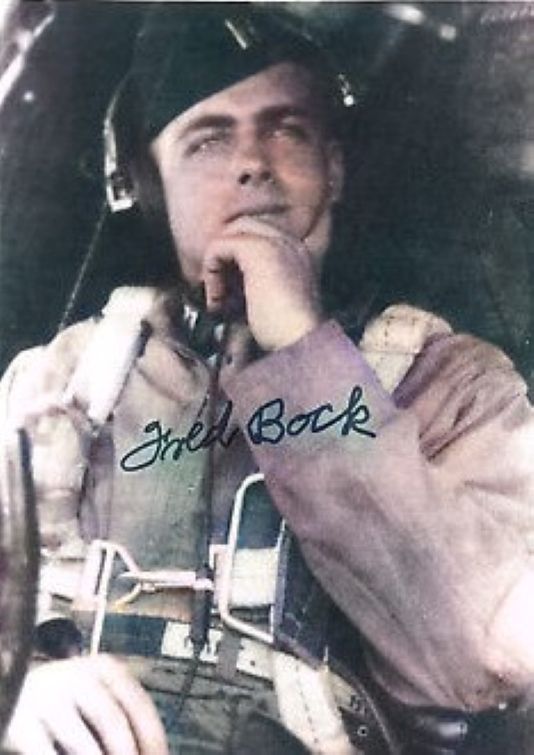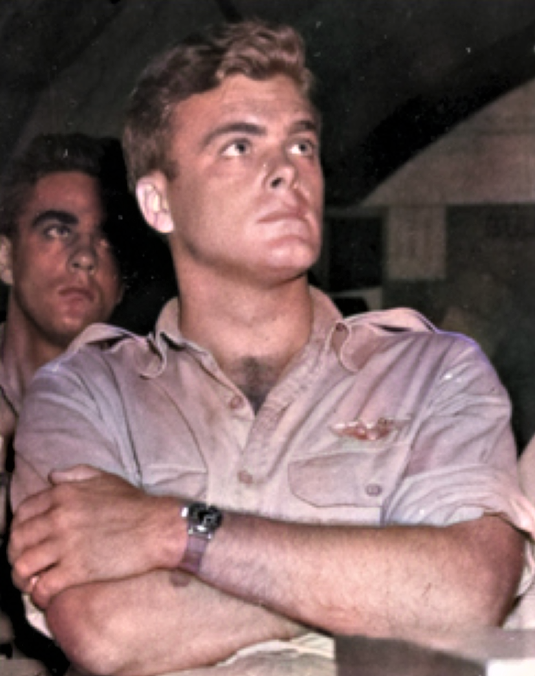Frederick Bock was born in 1918 in Greenville, Michigan, and graduated from the University of Chicago in 1939. When war was declared, he entered the U.S. Air Force to become a pilot on the Asian front. He led missions in the Himalayas and the Japan from China.
Selected by Paul Tibbets while he was part of 509e group of B - 29, it was incorporated into the military part of the Manhattan project as early as December 1944. Under the rank of Captain, he piloted the B-29 of The Great artist observation during the atomic bombing on Nagasaki mission. The bomber he was flying normally, Bockscar (Bock car), had on board the crew of Charles Sweeney. Bockscar carried the Fat Man bomb that was dropped on the Japanese city August 9, 1945 for Tinian.
Become Major and decorated with the Distinguished Flying Cross, he returned to Chicago to continue his studies in zoology. Specializing in genetics and statistics, he developed algorithms for solving complex problems in various research institutes in Illinois. He was a researcher at the Baxter Travenol laboratories and retired in 1986.
Frederick Bock died in 2000 in Scottsdale, Arizona of complications from cancer.
Frederick Bock was born in 1918 in Greenville, Michigan, and graduated from the University of Chicago in 1939. When war was declared, he entered the U.S. Air Force to become a pilot on the Asian front. He led missions in the Himalayas and the Japan from China.
Selected by Paul Tibbets while he was part of 509e group of B - 29, it was incorporated into the military part of the Manhattan project as early as December 1944. Under the rank of Captain, he piloted the B-29 of The Great artist observation during the atomic bombing on Nagasaki mission. The bomber he was flying normally, Bockscar (Bock car), had on board the crew of Charles Sweeney. Bockscar carried the Fat Man bomb that was dropped on the Japanese city August 9, 1945 for Tinian.
Become Major and decorated with the Distinguished Flying Cross, he returned to Chicago to continue his studies in zoology. Specializing in genetics and statistics, he developed algorithms for solving complex problems in various research institutes in Illinois. He was a researcher at the Baxter Travenol laboratories and retired in 1986.
Frederick Bock died in 2000 in Scottsdale, Arizona of complications from cancer.














